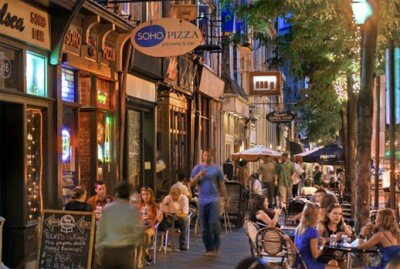The impact of ‘natural cultural districts

Maybe you should think twice about investing millions in that fancy new performing arts building to revitalize your city. While Richard Florida has long de-emphasized such large-scale investments, professor Mark Stern, Co-Director of the Urban Studies Program at the University of Pennsylvania provides a detailed answer below to the question, “Well then, now what?”
“While the arts are commerce, they revitalize cities not through their bottom-line but through their social role. The arts build ties that bind – neighbor-to-neighbor and community-to-community. It is these social networks that translate cultural vitality into economic dynamism.
Culture generates many types of social networks. When artists work with eight or nine different organizations during the year – as many do, they build networks. When community residents are involved in arts programs as well as churches, civic associations, and book clubs, they build networks. When a community development organization reaches out simultaneously to downtown financial institutions and local residents, it builds a network.”
What happens when creatives build a social network? You’d be fortunate to experience a natural cultural district.
A natural cultural district is a geographically-defined social network created by the presence of a density of cultural assets in a particular neighborhood. Descriptively, a “natural” cultural district simply identifies a neighborhood that has naturally, organically spawned a density of unique cultural assets – organizations, businesses, participants, and artists – that sets it apart from other neighborhoods.
“Analytically, these districts are of interest because of density’s side-effects. Economic developers note that clusters encourage innovation and creativity – a spur to cultural production. At the same time, a cluster of cultural assets often pushes a neighborhood to a regeneration tipping-point, attracting new services and residents.
What is striking about this phenomenon is that it occurs without policy intent.”
Read more in Mark’s paper, Cultivating “Natural” Cultural Districts.
Image: Nightlife in Old City, Philadelphia, by B. Krist.





